Spinosaurus was a large carnivorous dinosaur that was native to what is now northern Africa. These creatures were one of the largest carnivores to walk the earth, and were at least as large, if not larger, than Tyrannosaurus. In fact, some scientists estimate that these creatures could reach lengths of nearly 60 ft. or more!
These dinosaurs lived between 112 and 93 million years ago. Read on to learn about the spinosaurus.
Description of the Spinosaurus
The most notable characteristic of these carnivores was the large, spiny, sail-like projection on their backs. Scientists can’t quite agree on their size, some estimated that they measured up to 49 ft. and 6 tons, while others estimated that they grew to 59 ft. and 9 tons. What we can agree on is that they were huge! They had long, narrow skulls lined with sharp teeth, similar to those of modern crocodilians.
Interesting Facts About the Spinosaurus
These massive dinosaurs were possibly the largest predators to ever walk this planet. This makes humans undeniably interested in them, but what do we actually know about these reptiles?
- “Spin”osaurus – Spinosaurus roughly translates to “spine lizard.” This name comes from the large spines creating a “fin” or “sail” down their back. The spines were actually extensions of bones from the vertebrae. Scientists call these extensions neural spines.
- Hump-o-Saurus – Some scientists believe that the “sail” of this dinosaur may have actually been a fleshy hump. Extra fat could have accumulated along the back, finding support on the spines. This belief is the “buffalo-back” hypothesis.
- Aquatic Animal – These dinosaurs were aquatic creatures, and at least partially or fully in the water. This helps explain their ability to maintain such large size, as historically aquatic animals can easily grow larger than those on land.
- Facial Structure – One big adaptation that suggests an aquatic lifestyle is the shape of the skull. This dinosaur had a long, narrow skull with sharp, cone-shaped teeth. This is a great adaptation for stunning aquatic prey and snatching them up quickly. Their nostrils also sat very high on the nose, much like modern-day crocodiles.
Habitat of the Spinosaurus
The scientists who study fossils are archaeologists. These archaeologists also study the environment based on the rock surrounding the fossils. We know very little about what habitat these creatures surrounded themselves with. Scientists speculate that they lived in mangroves, shorelines, tidal flats, and other habitats close to the shore.
Distribution of the Spinosaurus
As is the case with habitat, the distribution of the Spinosaurus is little known. The only place archaeologists have found fossils is in northern Africa. However, this does not mean they did not roam outside this range, just that their remains did not fossilize. There are some things that are simply a mystery to us, as you can expect when trying to make discoveries about creatures that lived hundreds of millions of years ago.
Diet of the Spinosaurus
These predators were likely fully carnivorous, and possibly piscivores, meaning they may have primarily eaten fish, as well. It is highly likely that they fed on large fish, and researchers have found digested scales in the rib cages of at least one specimen.
They might have had a diet similar to modern-day crocodiles. One pterosaur bone was found with a Spinosaurus tooth embedded in it, suggesting they also fed on non-aquatic creatures.
Spinosaurus and Human Interaction
Humans and Spinosaurus never interacted in any way. These creatures went extinct long before humans ever walked the earth.
Domestication
Humans never domesticated Spinosaurus in any way.
Does the Spinosaurus Make a Good Pet
Even if they weren’t extinct, these massive creatures would be impossible to own as pets. They were massive predators with sharp teeth, and would have been ridiculously dangerous.
Spinosaurus Care
It is not likely zoos could have kept these creatures, even if they weren’t extinct. They were massive creatures, and needed at least a shallow-water setting to survive comfortably.
This would be incredibly difficult to provide in a zoological setting. They would have also needed immense amounts of food. Of course, Spinosaurus is extinct, and this is all speculative discussion.
Behavior of the Spinosaurus
As is the case with most fossilized creatures, very little is known about behavior. These dinosaurs could only have fossilized when conditions were perfect, which means that we can only study a tiny fraction of the animals that actually walked (or swam) in their time.
Because of this, the only evidence we have of interactions is actual physical marks left on the bones of other dinosaurs. We know very little about Spinosaurus behavior, and additional fossil finds may potentially tell us more.
Reproduction of the Spinosaurus
Just like behavior, no one knows just how these creatures reproduced. We can assume they were similar to massive versions of modern crocodiles. They likely returned to land to lay eggs, and could even have guarded their nests. Hatchlings were likely prey to other, larger, predators.

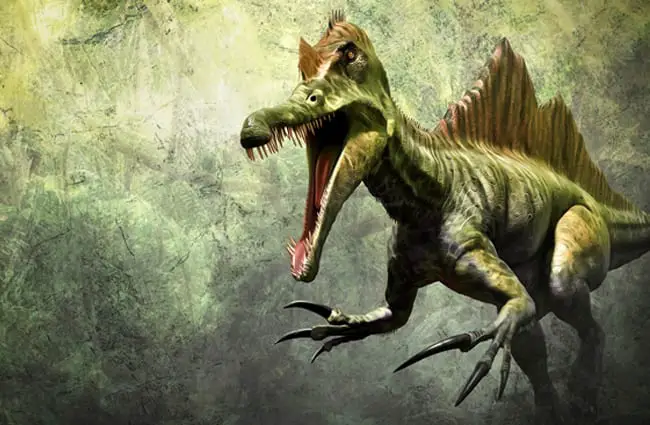
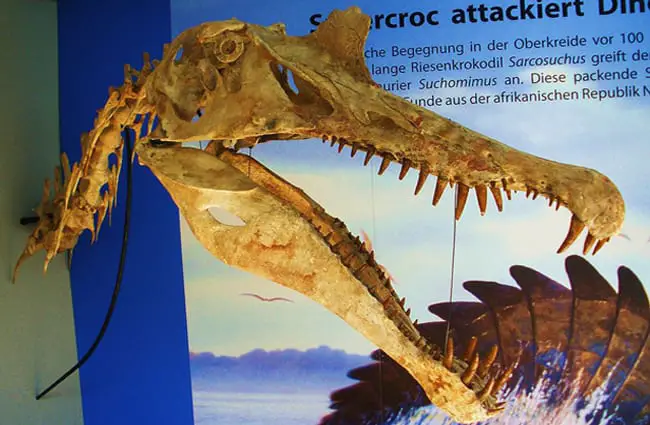
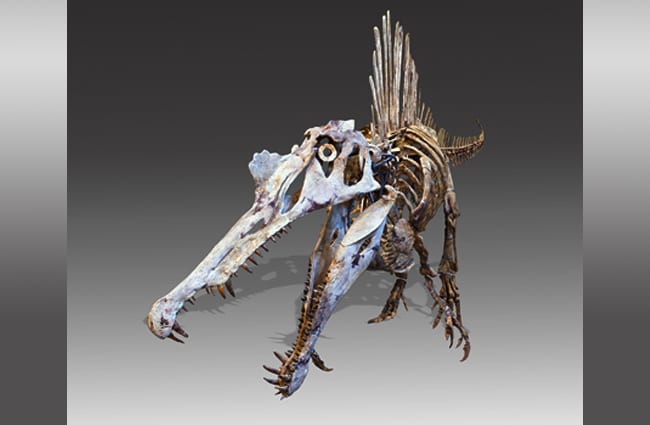

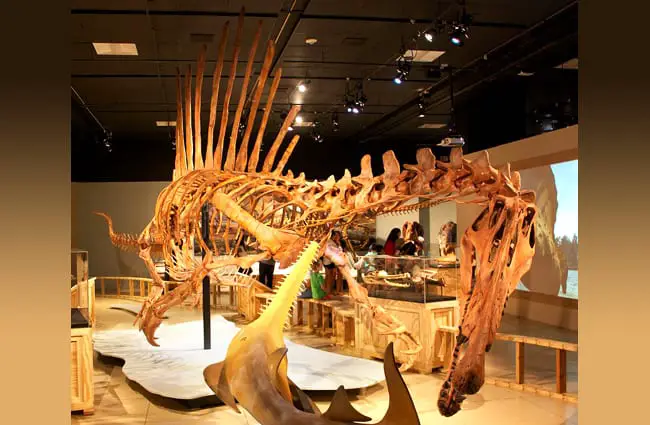
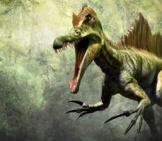


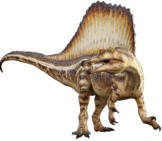
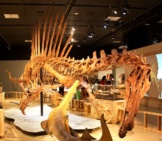
![Red Angus Closeup of a beautiful Red Angus cowPhoto by: U.S. Department of Agriculture [pubic domain]https://creativecommons.org/licenses/by/2.0/](https://animals.net/wp-content/uploads/2020/03/Red-Angus-4-238x178.jpg)












![Red Angus Closeup of a beautiful Red Angus cowPhoto by: U.S. Department of Agriculture [pubic domain]https://creativecommons.org/licenses/by/2.0/](https://animals.net/wp-content/uploads/2020/03/Red-Angus-4-100x75.jpg)

